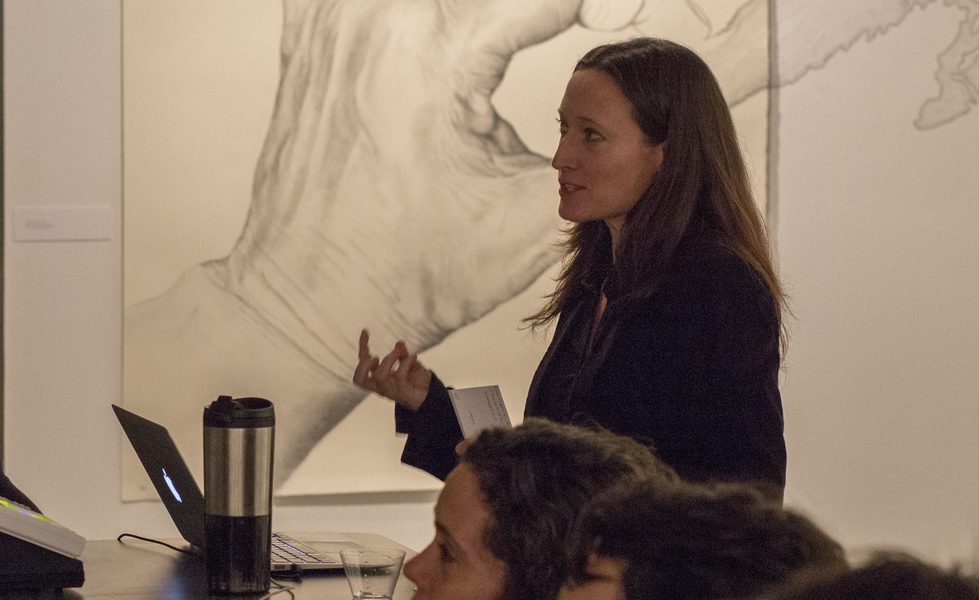
Today we’d like to introduce you to Patte Loper.
Every artist has a unique story. Can you briefly walk us through yours?
I am a working artist and Professor of the Practice at the School of the Museum of Fine Arts at Tufts University. I grew up in Tallahassee, Florida, which is a really interesting subtropical college town where I first learned about the ways nature and culture can overlap.
I did my MFA studies at the San Francisco Art Institute, where I learned a lot about feminism and the political imagination. Afterwards began exhibiting my work pretty widely and was hired as an assistant professor of painting and drawing in Washington State before relocating to the East Coast, where I now split my time between Boston and New York City.
Along the way, I’ve been making a lot of work and exhibiting, I began as a fairly realistic oil painter, taking a conceptual stance on traditional modes of portraiture and landscape painting. As you can see from the photos, my work has evolved, in large part due to working in the interdisciplinary environment of SMFA/Tufts. I now experiment by combining electronic media, sculpture, installation, and painting into large, sprawling exhibitions that have been shown at the Drawing Center in NYC; Suyama Space in Seattle, WA; Black and White Gallery in NYC; and the Blue Star Contemporary Art Museum in San Antonio, TX., among others. Many of the images seen here are from a recent exhibition at the Juliette Art Museum at the Clay Center of the Arts and Sciences in Charleston, WV.
Please tell us about your art.
My work uses visual language found in what could be considered high art to discuss social issues like climate change and hierarchy within social and cultural space. I am interested in the ways that art can be a tool to communicate in intellectually and visually playful ways.
I usually travel for exhibitions and will do site visits beforehand, during which I talk to people to find out what’s on their minds, explore local neighborhoods and landscapes, and make exhibitions that respond to what I find. For instance, for a recent exhibition in West Virginia, I met with community members, some whom had family roots that go way back in the area, then spent time driving and hiking in the back woods and towns to explore areas that have been affected both by the coal mining industry and recent climate events.
The resulting exhibition married midcentury modernist aesthetics with a science fiction narrative to create an installation discussing climate change and the potential of renewable energy. The museum, which is based in Charleston, West Virginia at the Clay Center for the Arts and Sciences, attracts local families with small children. This part of the country has traditionally supported the coal mining industry, and it’s likely that kids don’t hear much about sustainability practices. The exhibition was designed to both convey rigorous artistic principles and to also engage with kids. The work wound up being a utopian fantasy that imagined a future world where solar, wind, and hydraulic power were used to create electricity and preserve the environment.
An additional and important part of my practice is that from both economic necessity and also acting as a hypothetical model for building, I have developed a ‘renewable’ system for art making. Using almost exclusively found and recycled materials to start with, my temporary structures are recycled as much as possible into new works. Gallery and museum staff are encouraged not to be precious when deinstalling my exhibitions, resulting in intentionally damaged work being sent back. When I reuse this damaged work, the experiential history of the object is something to respond to while building the next project. The resulting aesthetic looks loose and provisional but is usually crafted from years’ worth of careful building and rebuilding.
What do you think is the biggest challenge facing artists today?
I think the challenges facing artists are the same ones faced by most ordinary people: figuring out how to thrive economically in an age of income inequality, how to maintain equilibrium in our political moment, how to contribute positively towards creating an inclusive and equitable culture and fighting climate change.
How or where can people see your work? How can people support your work?
Follow me on Instagram: #patteloper. Or check out my website patteloper.com. Although I have a studio here in Boston, I am usually showing out of town, my next large project will be happening in Pittsburgh next year.
Contact Info:
- Website: www.patteloper.com
- Instagram: #patteloper
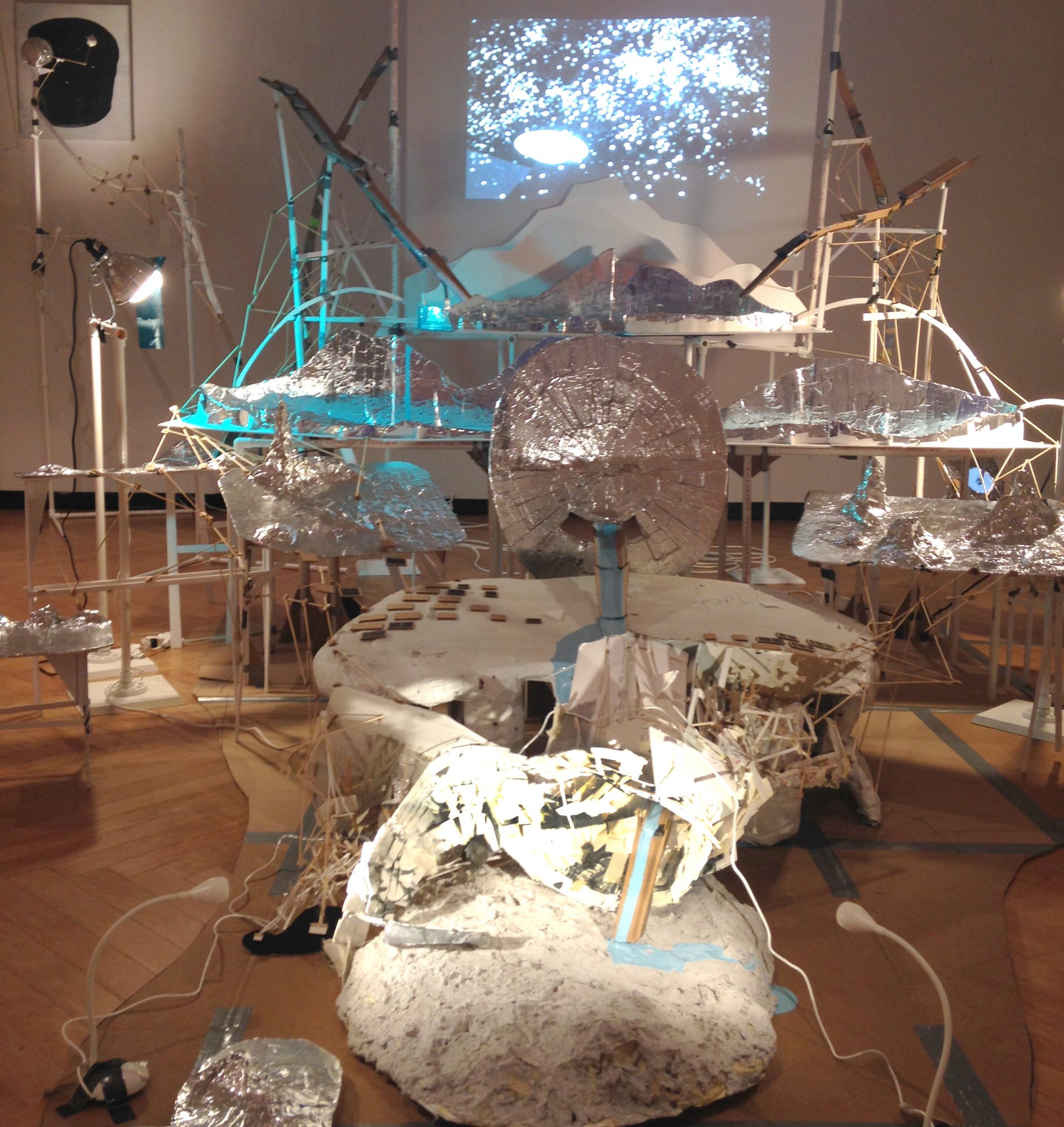
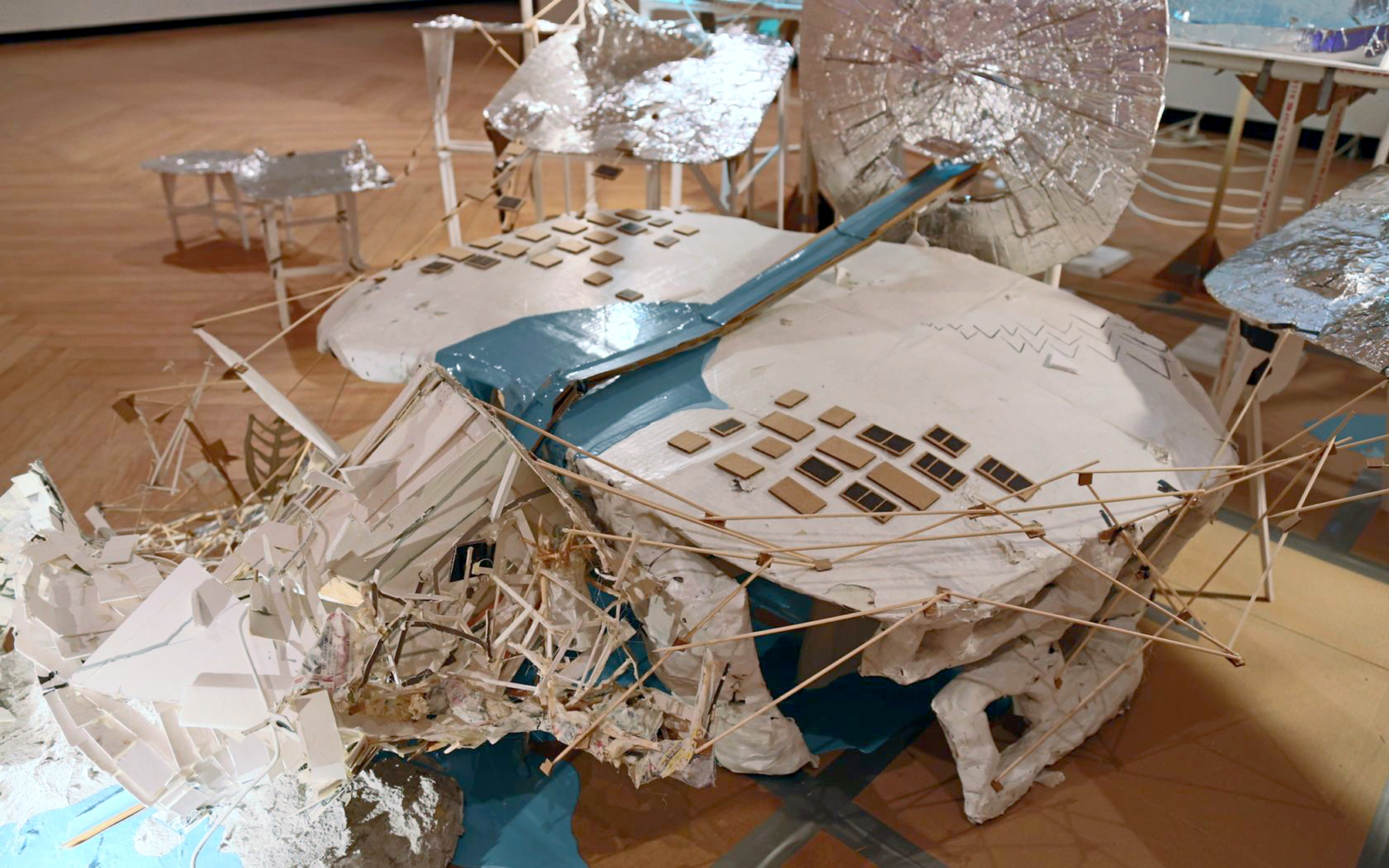

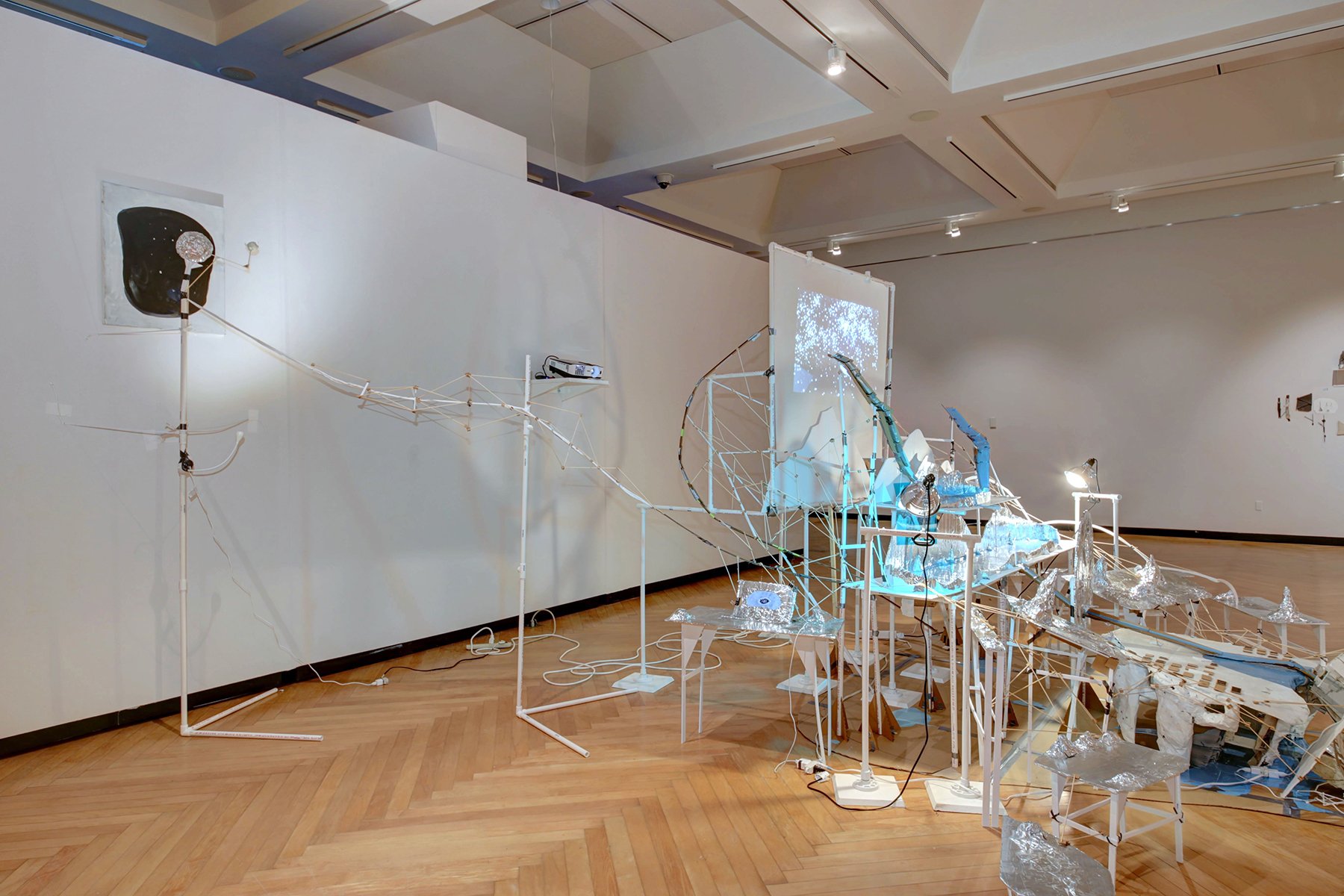
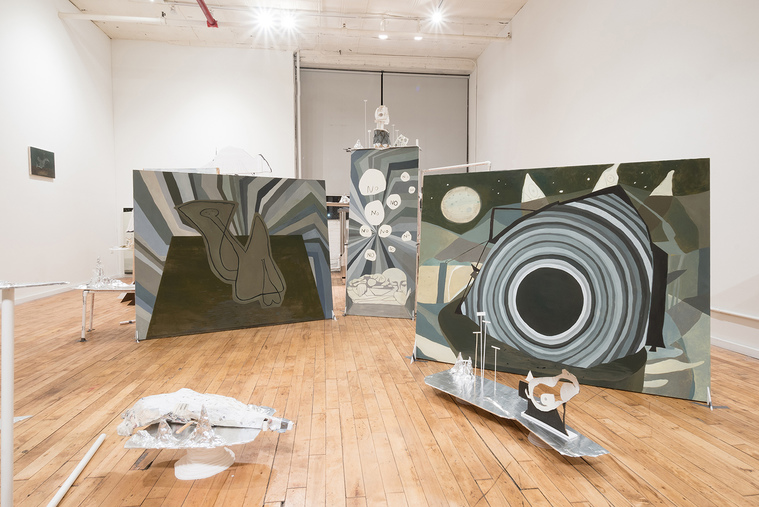
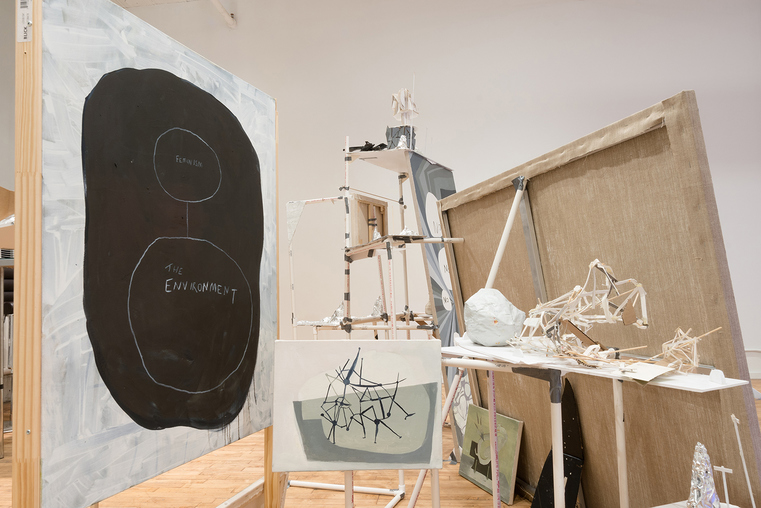
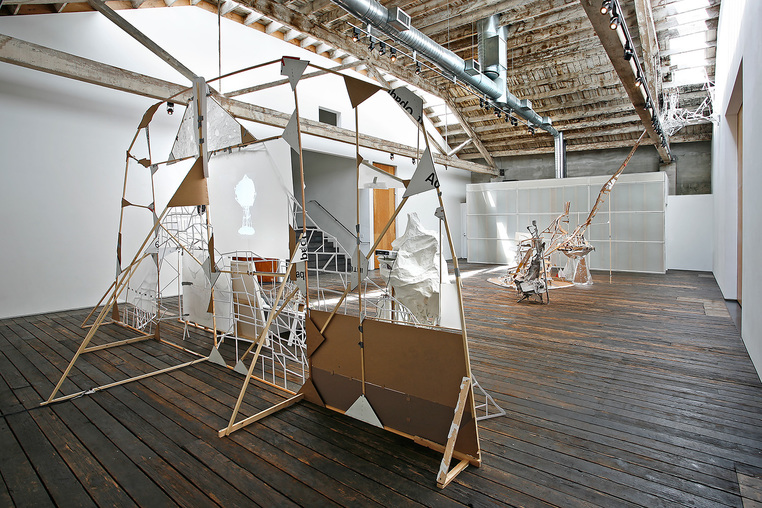
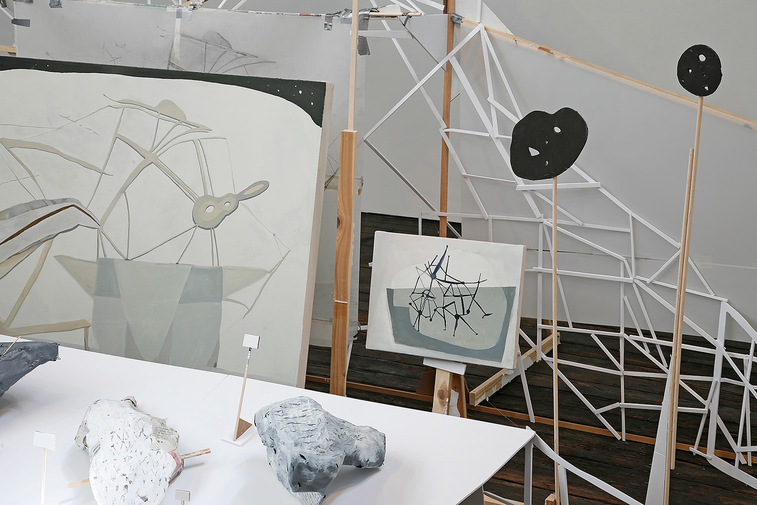
Image Credit:
PatteLoper05.jpg & PatteLoper06.jpg : photo credit: Jason Mandella
Patte Loper07 & PatteLoper08.jpg: photo credit: Mark Woods.
Getting in touch: BostonVoyager is built on recommendations from the community; it’s how we uncover hidden gems, so if you know someone who deserves recognition please let us know here.

















